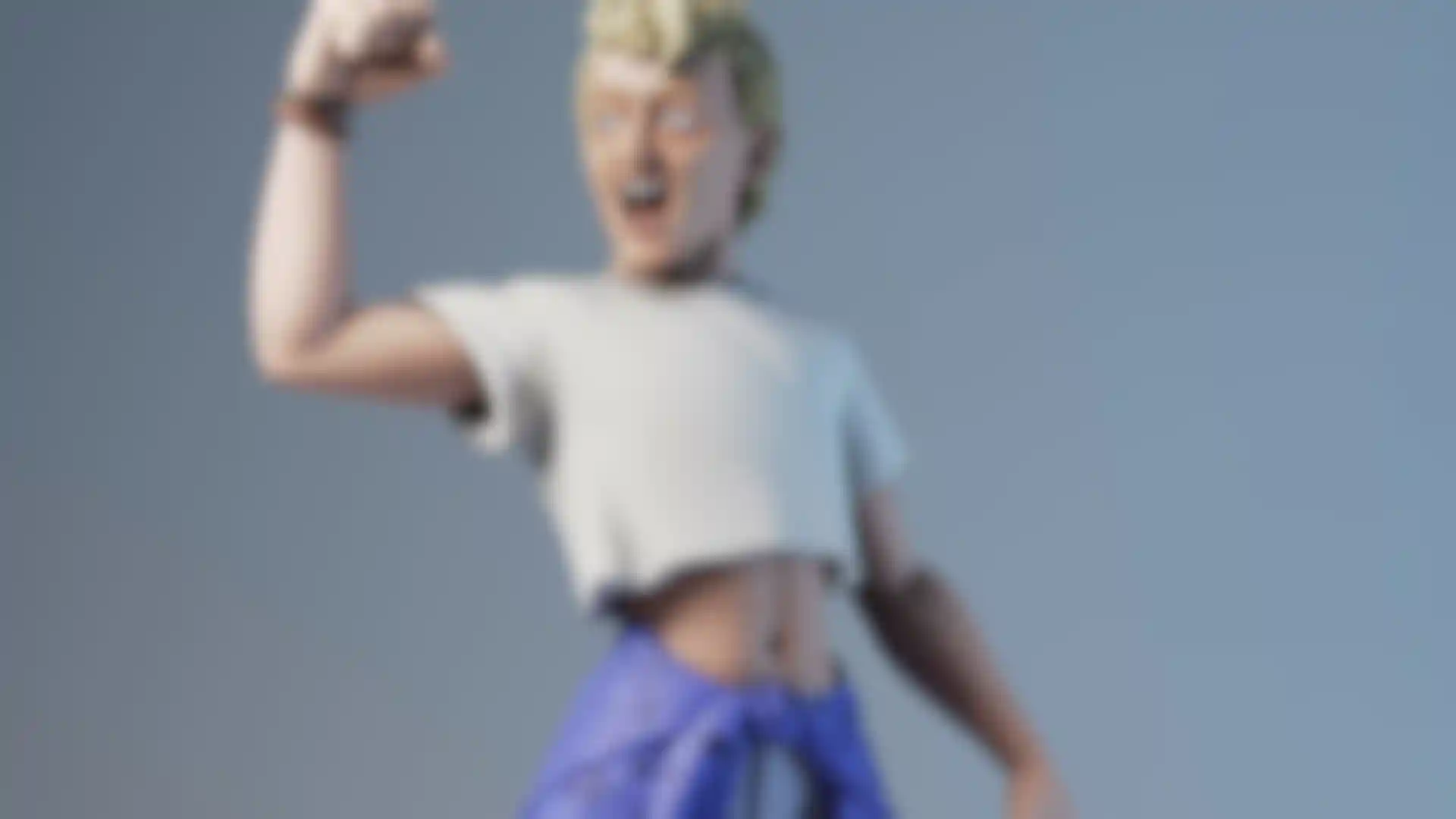
Bill and Ted – Riff in Time Game Sculpted by ZBrush Artist Brandon Beren talks about his career and what it was like creating the Bill and Ted game pieces.
Fans have been waiting decades for the recent sequel Bill and Ted Face the Music. In honor of the film’s release and to celebrate the beloved franchise, Warcradle Studios has released an exclusive board game: Bill and Ted – A Riff in Time. 3D artist Brandon Beren was tasked with sculpting all of the characters for the new game and has shared his work with Pixologic! We recently had a chat with Brandon about his career and what it was like creating the Bill and Ted game pieces which you can read below!

Thanks for chatting with us Brandon. Tell us a little about your artist background?
Brandon Beren: I’m a digital sculptor in the miniatures industry, but these days I’m really the go to person at my studio for anything to do with 3D. Let’s backtrack a bit. I began to pursue 3D design while I attended Arizona State University. During my time there I would always be looking out for art related jobs in the area and stumbled across a “ZBrush Artist” job posting. It was as a miniatures sculptor at a new, small, local studio. I didn’t know anything about the tabletop game industry at the time, but I decided to give it a shot. I didn’t have much in the way of a portfolio at the time, so I brought 3D prints I had made while studying at ASU with me, and my determination. I was given an art test to complete within a week. After several sleepless nights working on it between full time enrollment at school and a full time job waiting tables, I smashed it and had my first full time artist position. That was in 2012. Since then, I have been responsible for producing hundreds of characters, creatures and vehicles for a number of tabletop games, and moved to a new continent to work with Warcradle Studios here in England, where I was lucky enough to work on Bill and Ted’s Riff in Time.

How did you become involved with Bill and Ted? What were you tasked with?
Beren: I was responsible for creating all the 3D content for the game, including the tabletop miniatures, renders for print and promotional media, and funnily enough a voice over for our release announcement. My involvement began when I was sculpting away as normal for Warcradle Studios when I was asked to make sculpts of Bill and Ted. I knew what was happening here. (I have made preliminary sculpts before for other IPs to use in our previous pitches). Me being a huge Bill and Ted fan, (I may or may not have reenacted some scenes from the film in my day, since I lived in Mesa, AZ where the first movie was filmed) I dove right in, overflowing with excitement. The sculpts I made were very well received and we were now on our way to making a new board game. From there I sculpted all the characters to be used as miniatures in the game. I also made all the 3d rendered imagery used for the board game, quite accidentally. I was Polypainting Ted Theodore Logan in ZBrush during my lunch hour one day, and testing out a material setup in Blender using the vertex paint. My studio manager caught sight of what I was doing and suggested I do that for all the characters and we can use it for our character cards and box cover, as well as some other parts of the game.

What were the biggest challenges you encountered while working on the project?
Beren: I’d say the biggest challenge was the balance of defining a stylized look to the characters, while working facial likenesses into it, and communicating the difference between what is seen on the screen versus what the models will look like at scale to the licensors. There are times for myself where it’s challenging to really know how good, or bad, something will look until you make a 3d print of it and can hold it in your hand. During the making of the characters, most of our approvals were done digitally with renders. Naturally, there was a great deal of feedback along the way when doing the stylized facial likenesses. After that, the next most challenging part was making the characters able to be injection molded in one piece each. There is really a lot of engineering that goes into the process after making the initial miniature design.
How did ZBrush help you during your process? What were the most useful features you found yourself utilizing?
Beren: ZBrush was pivotal in the making of the characters. I typically spend 100% of my time working in ZBrush when making miniatures. I’ve thoroughly enjoyed all the free updates over the years and relish updating my workflow to include the new tools. One that was particularly useful toward the end of this project was the new draft analysis tools. It is a perfect companion in plastic injection pipelines. I also always use the 3D Print Hub and Decimation Master for every miniature I’ve made. Another feature I used, which is an oldie, but goodie, to quickly UV some ZRemeshed parts of some of the characters for rendering in Blender was UV Master. Having a variety of tools like these available in ZBrush helps me save time by allowing me to remain in one software for pretty much the whole process.
Thanks to Brandon for sharing his excellent experience as a ZBrush artist and these amazing Bill and Ted figures!